
The helmet cover is intended for camouflaging the Advanced Combat Helmet (ACH).

The helmet cover is intended for camouflaging the Advanced Combat Helmet (ACH).
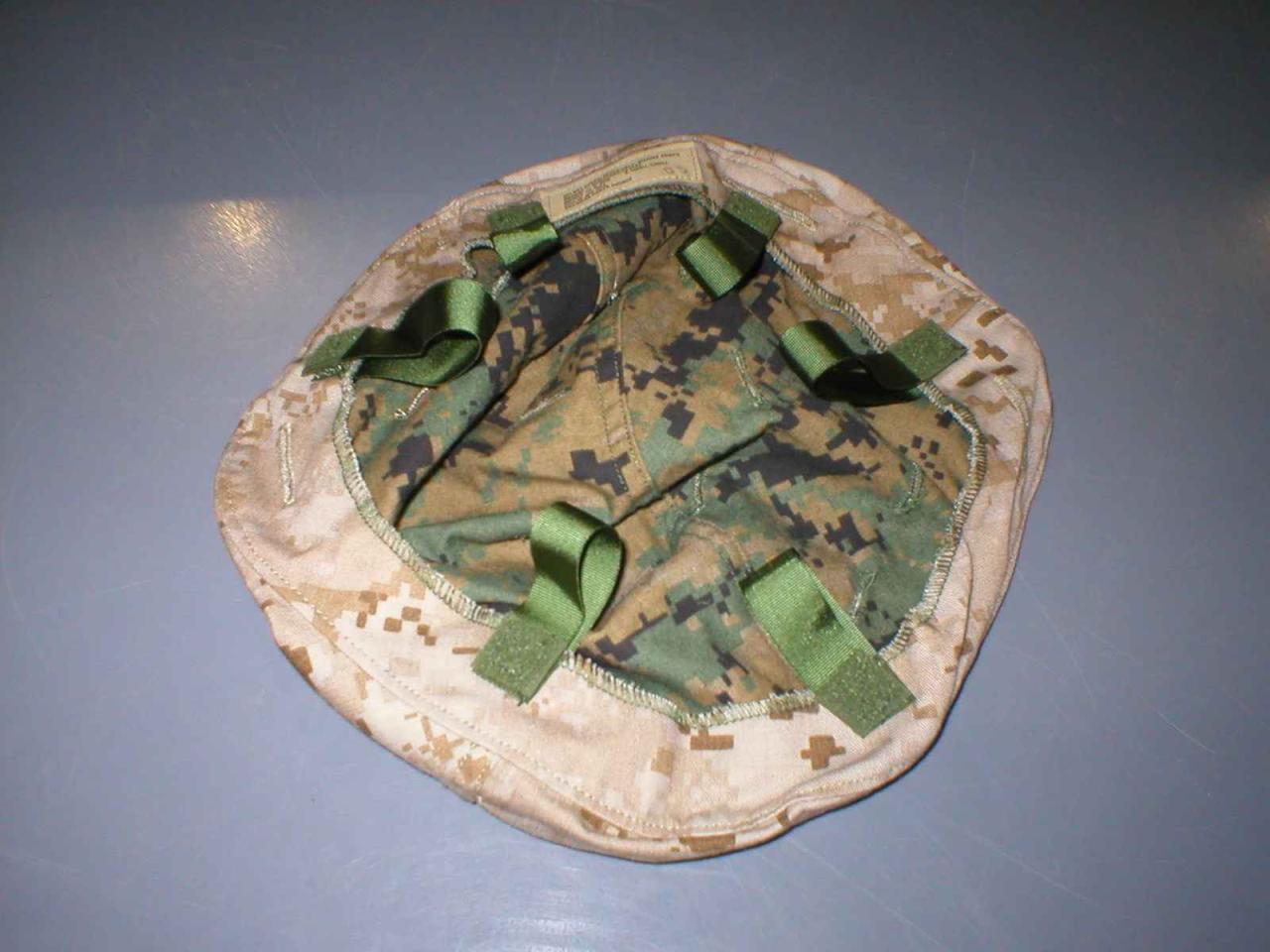
The helmet cover is reversible (MARPAT woodland and desert camouflage pattern) and can be worn in both desert and woodland environments.

The reversible cover is intended for camouflaging the Advanced Combat Helmet (ACH) in both the woodland and desert environments.

The Advanced Combat Helmet (ACH) is a modular system that weighs less, fits better, and is more comfortable than its predecessor, the PASGT helmet.
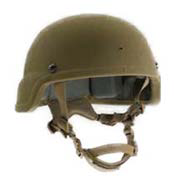
The Enhanced Combat Helmet (ECH) was developed in response to a 2009 USON to produce a helmet that providesballistic protection from selected small arms ammunition andfragmentation, yet maintains all other characteristics of the Marine Corps' Lightweight Helmet (LWH) and the Army's Advanced Combat Helmet (ACH).

The Lightweight Helmet (LWH) replaces the PASGT helmet.The LWH provides protection in various operating environments from fragmentation and 9mm small arms projectiles.
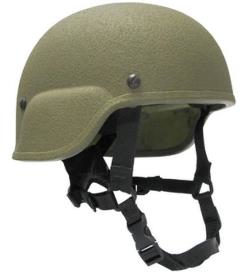
The Modular Integrated Communications Helmet (MICH) began development in 1997 as part of the Special Operations Forces Personal Equipment Advanced Requirements program at the U.S. Special Operations Command. The MICH provides the Special Operations Forces the flexibility to tailor the communications capability of the helmet to the mission using one modular system.
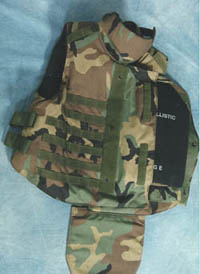
The Interceptor Body Armor (IBA) was designed to replace the Personnel Armor System Ground Troops (PASGT) vest and the Interim Small Arms Protective Overvest (ISAPO).
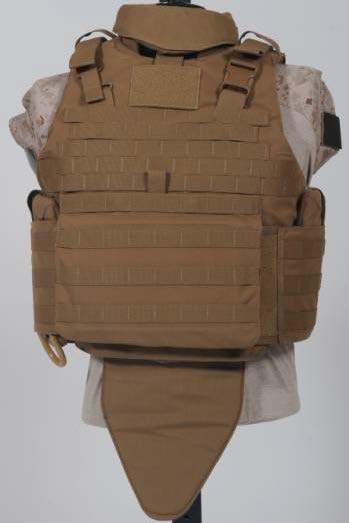
The Improved Modular Tactical Vest (IMTV) provides a number of features that improve upon mission performance, user comfort, and improved load carrying capability when compared to the existing Modular Tactical Vest including: modified removable ballistic panel pattern to provide more acceptable body coverage and protection; improved ergonomics, mobility, and fit at the shoulders; improved cummerbund design; improved comfort utilizing a lumbar pad support; and increased PALS footprint for load carriage. The IMTV provides protection from conventional fragmenting munitions and multiple hits from 9mm handgun rounds. The IMTV protection is increased to protect vital organs against multiple hits from small arm rifles and indirect fire flechette when front, back, and side small arms protective inserts are worn.

The Modular Tactical Vest (MTV) was developed due to combat operations highlighting the need for operational enhancements to the Outer Tactical Vest (OTV).The OTV, developed in the late 1990's, was not designed to carry heavy loads such as ammo pouches, radios, water carriers and accessories, so many troops either attached cumbersome pockets to the vest or wore an additional load-carrying layer.

Personnel Armor System for Ground Troops (PASGT) was originally type-classified in the late 1970's and first fielded in early 1980's.

The Plate Carrier (PC) improves the load bearing capabilities of the scalable plate carrier, integrates primary components among the improved modular tactical vest, and contours the product for comfort and wear.

The Scalable Plate Carrier (SPC) is used as an additional ballistic vest, not to replace the Modular Tactical Vest (MTV), but to provide additional warfighting effectiveness by allowing greater maneuverability, agility, and mobility with reduced thermal stress in high elevations, thick vegetation, and tropical environments than that provided by the Outer Tactical Vest/MTV. The SPC offers the same level of ballistic protection as the MTV but reduces overall weight by reducing area coverage for fragmentation.

The Soldier Plate Carrier System (SPCS) is designed as a lightweight alternative, not a replacement, for the Improved Outer Tactical Vest, the core of the Interceptor body armor system. It is intended to increase mobility and maneuverability by lightening the Soldier's load when operating on foot in mountainous terrain or at high altitude.
The Soldier Protection System (SPS) provides the Soldier with a modular, scalable integrated system of mission tailorable ballistic protective subsystems at a reduced, from current, weight while maintaining the same level of ballistic protection and mobility provided by the current PPE systems.

The Deltoid Axillary Protector (DAP) (or Deltoid Axillary Protection System, DAPS) was developed in response to the improvised explosive device (IED) threats that soldiers face in Iraq. Unlike conventional threats, which usually come from the front, back, or above, IEDs throw shrapnel and spall at soldiers from below and from the sides. DAP enables soldiers to cover shoulder and upper arm areas as well as the armpit and underarm. The original Interceptor body armor design is open around the arms to allow air to circulate.

The Army began fielding the Improved Outer Tactical Vest (IOTV) in the fourth quarter of 2007. The IOTV is a side-opening vest that provides a greater area of coverage than the Outer Tactical Vest (OTV) and weighs three pounds less.

The Outer Tactical Vest (OTV) provides protection from conventional fragmenting munitions and multiple hits from 9mm handgun rounds.

The Small Arms Protective Inserts (SAPI) upgrade the OTV to provide additional protection from rifle-fired threats.

The IOTV deltoid protector has the same basic design as the deltoid protector for the deltoid axillary protection system attached to the outer tactical vest.
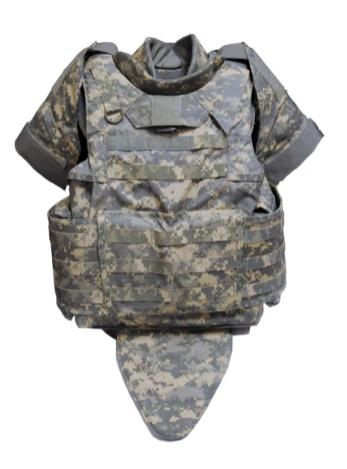
The first delivery of the new Gen II Improved Outer Tactical Vest (IOTV) in Operation Enduring Freedom Camouflage Pattern (OCP) began on 16 July 2010.

Incremental enhancements to the Improved Outer Tactical Vest (IOTV) transitioned to production in FY12. Design enhancements included a more robust quick-release technology for improved functionality. Additionally the IOTV Gen III included other design features to improve comfort, mobility and functionality, especially to female and small statured Soldiers.

The IOTV groin protector has the same basic design as the OTV groin protector.

The IOTV lower back protector provides additional protection for the lower spine and pelvis. The lower back protector attaches to the inside of the back carrier using two nylon straps and snap fasteners.
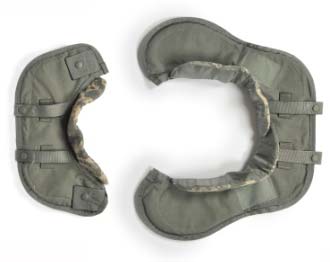
The IOTV yoke and collar assembly provides additional ballistic protection to the neck and shoulders.
The IOTV Gen II deltoid protector has the same basic design as the Gen I deltoid protector.
The IOTV Gen II groin protector has the same basic design as the Gen I groin protector.
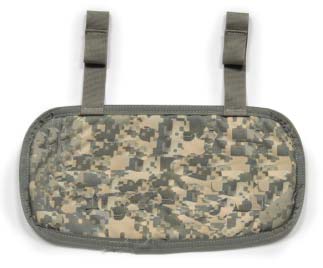
The IOTV Gen II lower back protector is a simplified version of the Gen I lower back protector. It has neither PALS webbing nor a utility channel, and the interior fabric is woven nylon similar to the exterior fabric.

The IOTV Gen II yoke and collar assembly was initially the same as the Gen I yoke and collar assembly except that ballistic inserts are not removable.

The IOTV Gen III deltoid protector has the same basic design as the Gen II deltoid protector.
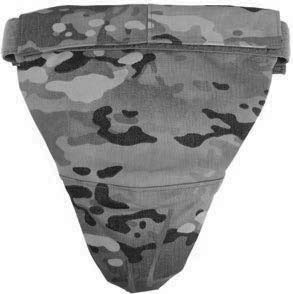
The IOTV Gen III groin protector is worn on the ACU trouser, and provides additional protection to the femoral arteries and pelvis. It is a new design for the IOTV Gen III and is attached to the front carrier for storage only. The attachment straps are tucked into the groin protector carrier when not attached to the front carrier.

The IOTV Gen III lower back protector has the same basic design as the Gen II lower back protector.

The IOTV Gen III yoke/collar assembly has the same basic design as the redesigned Gen II yoke/collar assembly.

The OTV groin protector provides additional protection for the femoral arteries and pelvis. The groin protector attaches to the inside of the front carrier using two nylon straps and snap fasteners.

The OTV throat protector provides additional ballistic protection to the throat.
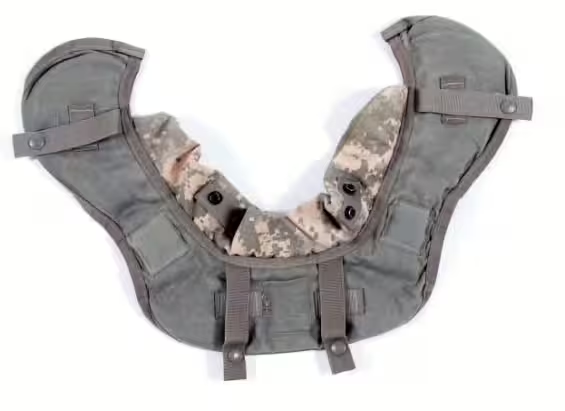
The OTV yoke/collar assembly provides additional ballistic protection to the back of the neck and shoulders.

The Enhanced Small Arms Protective Insert (ESAPI) when placed in the Outer Tactical Vest pocket of the multiple threat/Interceptor body armor will provide ballistic protection from specific 5.56 mm and 7.62 mm ball and AP rounds.
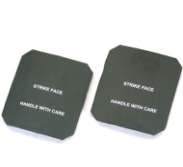
The Enhanced Side Ballistic Insert (ESBI) plates provide additional coverage as they protect the wearer's sides between the Enhanced Small Arms Protective Insert (ESAPI) plates worn inside the front and rear, and provide the same ballistic protection as the ESAPI.
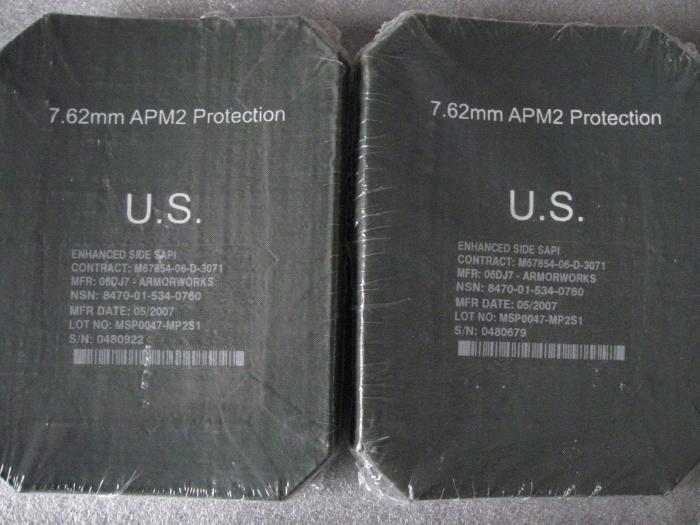
The Enhanced Side Small Arms Protective Insert (S-SAPI) and ballistic carriers provide increased side torso protection for Marines.

The X Small Arms Protective Inserts (XSAPI) have tan covers and provide greater protection than the ESAPI for the chest and back.
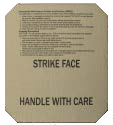
The X Side Ballistic Inserts (XSBI) have tan covers and provide greater side protection than the ESBI.

The PASGT body armor vest is intended for use by ground troops for protection against low velocity projectiles and grenade fragments.

The PASGT helmet is intended for use by ground troops and parachutists to provide ballistic protection from fragmenting munitions to the head, temples, ears, and neck.
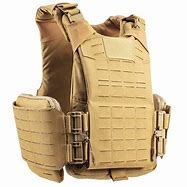
The Marine Corps Plate Carrier Generation III (PC Gen III) improves mobility and fit of the legacy PC.

An alternate cummerbund configuration adds a cummerbund with soft ballistic and hard plastic inserts and side plate pockets with soft ballistic inserts to the SPCS base vest assembly.

The most basic configuration of the SPCS consists of the front and rear carriers with soft ballistic inserts, two shoulder straps, four attachment straps, four quick release buckles, and the quick release cable. The side plate carriers are not worn in this configuration.
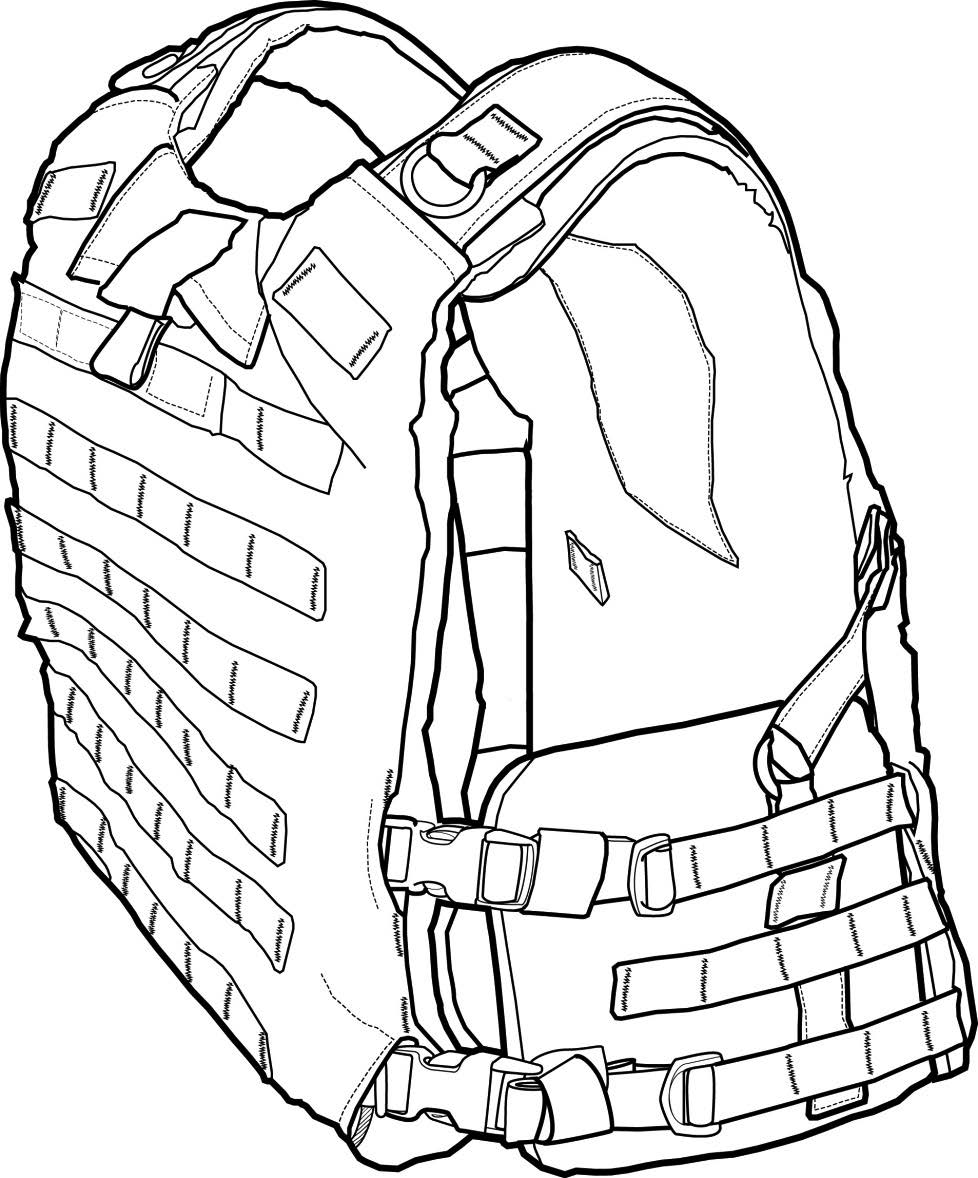
For increased protection, left and right side plate carriers with soft ballistic inserts can be added to the SPCS base vest assembly.